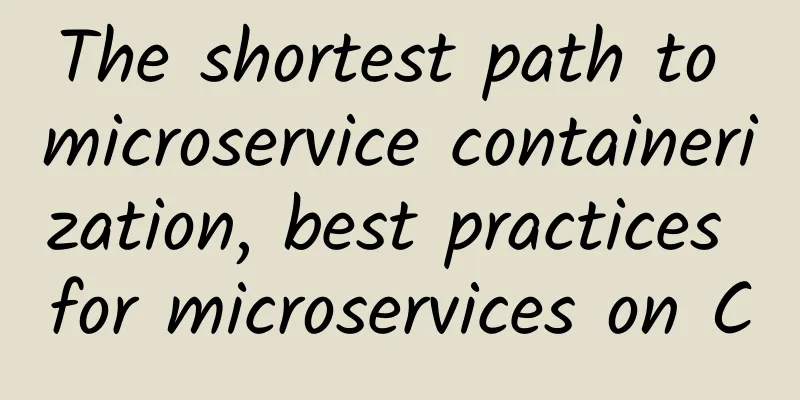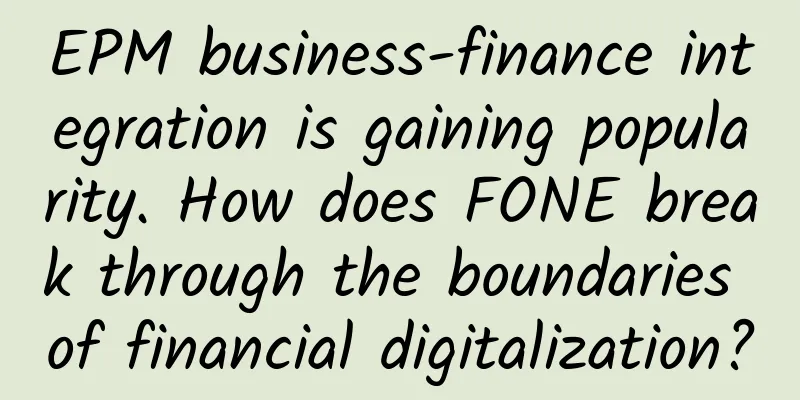Surge in mobile data usage puts Wi-Fi performance under severe test

|
According to the policies of communication regulatory agencies such as the FCC, wireless routers can use unlicensed "white label spectrum" within a limited range. However, in recent years, cellular mobile network operators have also begun to adopt it. Embarrassingly, researchers at the University of Chicago found that spectrum competition between networks will have a negative impact on Wi-Fi performance.
LAA base station in the University of Chicago campus (Photo: Monisha Ghosh) SCI Tech Daily points out that when you try to transfer a lot of data on your smartphone but the network speed is slow, you can scroll through how many Wi-Fi networks there are nearby that you can switch to. "Unrestricted white-label spectrum means anyone can use it freely within the limits set by the FCC," said Monisha Ghosh, a member of the University of Chicago's computer science department and a research professor at the Pritzker School of Molecular Engineering. However, in fact, this excessive choice is a big problem in itself. Due to the competition between networks, each network cannot provide the ideal operating speed. For mobile network operators, they mainly rely on a completely independent spectrum band obtained through auction. For example, when T-Mobile or AT&T obtains a license from the FCC, they can exclusively use a specific spectrum. This approach allows operators to build fast and reliable services and avoid interference caused by spectrum competition. However, as the demand for cellular data continues to grow, conflicts under limited bandwidth are also emerging. For example, on the University of Chicago campus, LAA base stations allow cellular network operators to access frequency bands shared with Wi-Fi.
Monisha Ghosh pointed out that the user base and data volume of cellular mobile networks have skyrocketed in the past five years. Operators are already facing a shortage of available spectrum, and the purchase of licenses often costs billions of dollars. To boost bandwidth without causing harm, some operators have tried combining white-label spectrum, a model called licensed-assisted access (LAA), which lets base stations operate in the same frequency bands as Wi-Fi. So Ghosh's team began to study the impact of this spectrum sharing strategy on the actual experience, such as measuring the performance of the Wi-Fi network near an LAA base station pole in front of a bookstore on campus. During the experiment, computer science graduate student Muhammad Rochman and postdoctoral researcher Vanlin Sathya configured five laptops and smartphones and connected them using local Wi-Fi and cellular data networks. In various application environments (such as low-demand website text access and high-demand streaming video transmission), the research team concluded that spectrum contention would reduce the actual performance experience by accessing multiple networks simultaneously. Regardless of the amount, speed, or signal quality of data transmission, when various devices compete for the spectrum at the same time, the interference generated will result in a blockage of information. And this competition is particularly bad for Wi-Fi, which sees its data rate drop by 97% when LAA is also active. Conversely, LAA base stations only see a 35% performance drop. |
<<: White Box in the Enterprise: Why Isn't It a Popularity?
>>: Juniper Networks: AI empowers experience first
Recommend
A brief introduction to RPC services | Network protocols at different layers
Author: Wang Yuzhan JD Health Network Protocol Wh...
A brief history of Wi-Fi security protocols, from zero to WPA3
With the continuous development of WI-FI, we will...
spinservers: $99/month 1Gbps unlimited traffic - E3-1280v5, 32G memory, 1T NVMe hard drive, Dallas data center
Last week we shared information about spinservers...
Innovative ICT to build a smart airport
In the era of globalization, airports have become...
It’s just a matter of time! Operators, who are not short of money, are about to usher in a large-scale listing trend
"Wealthy and powerful" has always been ...
Let’s talk seriously about what is a fiber optic terminal box?
When it comes to network cabling, outdoor connect...
How to quickly troubleshoot data center networks
When the network scale of a data center becomes l...
What should I do if I forget my Wi-Fi password? You can retrieve the password through Windows
With the development of technology, WiFi plays an...
Facing these possible accidents, is your operation and maintenance team ready?
With a loud bang, the data center collapsed The d...
How to solve the problem of cross-border DNS resolution failure?
question The company uses Alibaba Cloud infrastru...
Four leading geese: the starting point for large-scale commercial use of 5G to B
Suddenly, 5G has truly come into our lives. With ...
What is the environmental impact of 5G and how will it impact the world?
In recent years, commercial real estate owners ha...
User says | IPL helps medical experimental training to get on the fast track
Anhui Medical College is a public general college...
Demand is holding back technology. WiFi6 is not yet popular. 6E is coming.
As 5G technology develops rapidly, Wi-Fi technolo...
HostYun: Hong Kong/Japan/Korea/US VPS monthly payment starts from 16 yuan, optional CN2 GIA/AS9929
HostYun is an old niche personalized IDC founded ...









